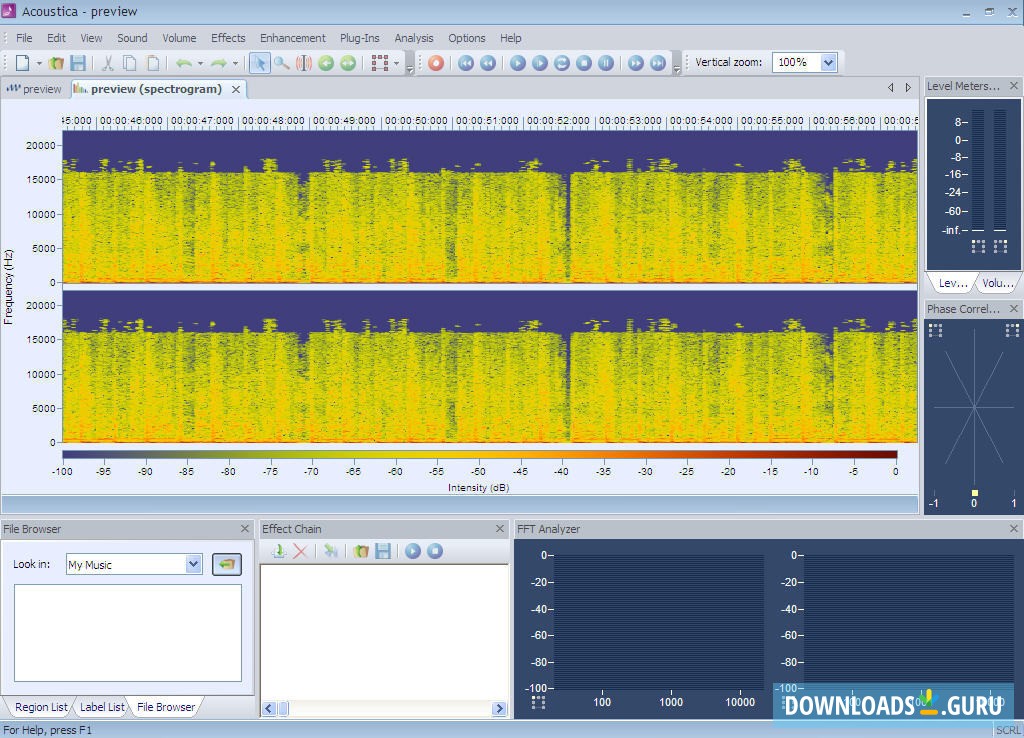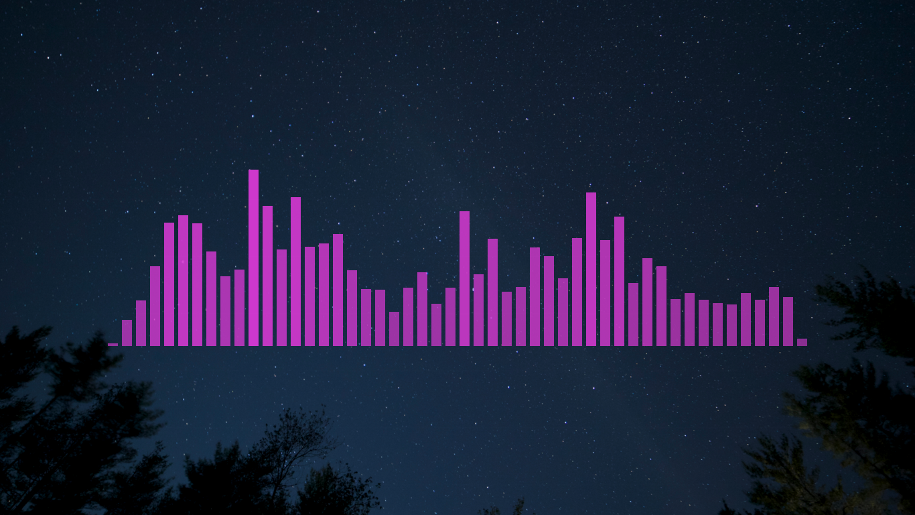
You can do this several times in a row, which will give you somehing like this (here I’ve done a very strong noise reduction – that’s really bad for the sound quality) Heavy noise reduction in Audacity Listen to the preview and correct the cursors until you’re happy with the result.You should keep the noise reduction ans sensitivity as low as possible in order not to ruin the quality of your recording.

Then select the entire recording, do the same thing but play with the cursors in the “Step 2” section. Select a part of the recording with only background noise, and go to Effects > Noise reduction : Noise reduction with Audacity But if you absolutely want to get rid of background noise you can try the Noise reduction tool in Audacity. Okay, first let’s say it : Noise reduction is almost never a good idea. We select a cutoff frequency equal to the upper limit of the Black woodpecker : 2000Hz Settings for the Low Pass Filter in Audacity.Īnd here is the result : The song of the Great tit is attenuated, so that we can hear the Black woodpecker clearly Once again we use Effects > Low Pass Filter in Audacity. Imagine now that you want to select only the call of the Black woodpecker, and remove the song from the Great tit : The Low-pass filter works exactly like the High-pass filter, but cuts the frequencies above a certain threshold. So that we get something like that : Recording with reduced city noise. The rolloff depends on how much you want to reduce the low frequencies, so you can try several values. To cut the noise from the city we select a cutoff frequency equal to the lower limit of the birds’ sounds (1700Hz). To do so, you will need to chose under which frequency you want to cut the background sounds (cutoff frequency), and how strong the noise reduction should be (it’s called the rolloff, which means that the sounds distant from the cutoff frequency are more attenuated)Ĭheck out the following recording of a Black woodpecker’s (Dryocopus martius) flight call and a singing Great tit (Parus major), using the Effects > High Pass Filter with Audacity : The sounds from the distant town appear on the spectrogram as a constant, noisy block below 1000 Hz, while bird sounds are located between 1700Hz and 2000Hz (Black woodpecker) and between 2000Hz and 8000Hz (Great tit). That is to say : they do not compete on a spectrogram and you can separate them. Indeed, the frequencies of a bird songs are commonly comprised between 1 and 10 kHZ, while mechanical noise (the hustle and bustle of the city’s activity) is usually lower pitched (between 0.1 and 1kHz).

Remember that a natural recording will always sound better for a birder than a heavily edited recording, even if there is some background noise on it. You should use them with caution since sound editing is destructive and may distort your sound or severely impact its quality. The four basic operations you may need to improve the quality of your sound are listed below. You will find everything about Tseep, Thrush and their fellow here This is particularly useful if you leave your microphone in a given place (for night migration for example) and don’t want to listen to the entire recording. They detect short burst comprised in the frequencies of bird calls and return the times at which they occur in the recording. Tseep and Thrushes are softwares that extract the calls of migrating bird from a recording. Sound processing softwares like Tseep or Thrush I work mainly on the Spectrogram view from the Audio Track Dropdown Menu so that it looks like that : Audacity interfaceģ. It’s designed for varied users (not just bird sounds) so you might find it less easy to use. This is how I use it, with the waveform and spectrogram views : RavenLite interfaceĪudacity is an audio editor that enables you do do many sound-processing operations (actually more than RavenLite, even if you will rarely need to do more…). Its strength are that it is very intuitive and designed specially for birders.
#Music spectrograph windows software#
It’s a very comprehensive and easy-to-use interactive software that enables you to visualize spectrograms and do some basic sound processing operations. RavenLite was designed by the Cornell Lab of Ornithology and the Bioaccoustic Research Program. Sound processing softwares like Tseep and Thrush.I’m not writing a complete article on how to use them because they already include very good helps and online tutorials, so the aim is mainly to show you how it looks and share some advice about basic operations.

On this page, you will find a few examples of interesting ones I would recommend on birding purposes.
#Music spectrograph windows free#
There are now several good free softwares that can do all what you will need to do. To convert your audio files into spectrograms you will need to use a sound analysis software.


 0 kommentar(er)
0 kommentar(er)
